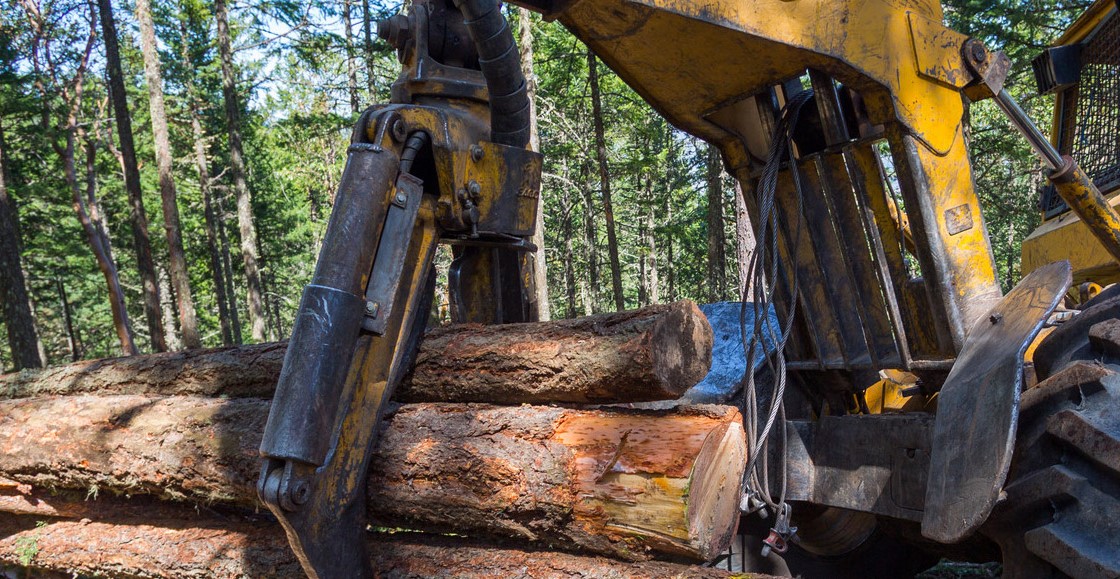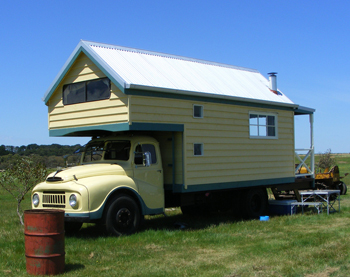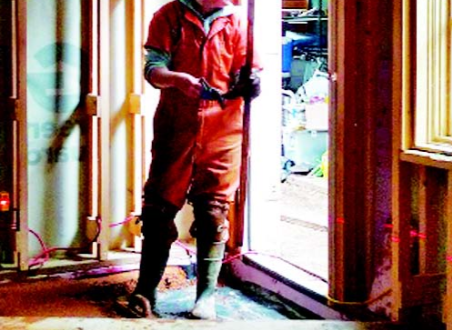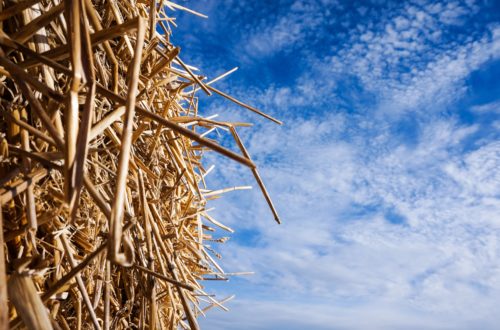Tall wood buildings are on the rise in the Northwest thanks to the recent development of a wood product known as Cross Laminated Timber  (CLT). At the time that this article was written five of these buildings are either in design or under construction right here in Oregon:
(CLT). At the time that this article was written five of these buildings are either in design or under construction right here in Oregon:
- Lever Architecture’s Albina Yard building
- PATH Architecture’s 8-story Carbon 12 building that has broken ground in North Portland and will be 8 stories
- Beneficial State Bank’s new Frame-work building, which is another Lever project and will reach 12 stories
- OSU College of Forestry’s new Oregon Forest Science Complex
- Springfield’s 4-story parking garage
These buildings are increasingly being referred to as “tall wood buildings” or “mass timber construction.” People have been building with wood for millennia, so what’s so di erent about the CLT. Let’s take a closer look.
CLT is a multilayer wooden panel made of lumber. Each layer of boards is aligned perpendicular to adjacent layers. The layers are glued and pressed for increased rigidity and stability, then cut to the required dimensions. CLT structural panels can be used as doors, walls and roofs in building construction, and o ers low environmental impacts compared to traditional building materials.
CLT is renewable; sequesters carbon; creates markets for material generated from hazardous forest fuels reduction; takes less energy to make than concrete and steel; possesses both strength and rigidity; has re resistant characteristics, performs well seismically; possesses simple beauty; and is versatile. CLT was developed in Europe as an environmentally friendly building product has been used successfully in multistory applications, such as a nine-story apartment tower in London’s East End and four- and even-story buildings in Växjö, Sweden.
Increasing density of modern urban population centers demands buildings that are taller and safer, resilient to natural hazards, and built from sustain- able natural resources. CLT is a bio-based product that can achieve these objectives while utilizing low-value lumber stock such as emanating from beetle- killed trees, small diameter growing stock, and other wood-based materials, rendering it an environmentally friendly engineered timber product.
The US Department of Agriculture (USDA) has designated CLT as an emphasis area and the Forest Service is providing technical and nancial assistance to help develop this market. For instance, the FS is working with Oregon State University and the D.R. Johnson Lumber Company out of Riddle to help develop the rst CLT manufacturing facility in Oregon.
The benefits of CLT reach well beyond the construction industry. In a recent blog post on the EcoTrust website Brent Davies wrote: “Tall wood buildings over an unprecedented opportunity to change the way we manage our forests.
The inherent environmental benefits of wood are clear. Unlike steel or concrete, which have heavy carbon footprints, forests store carbon — both in the woods as well as in long-lived wood products including building materials. Since concrete is the second most highly utilized substance on the planet (besides water), accounting for up to eight percent of global CO2 emissions, shifting to wood from concrete in the building industry could have a significant impact on carbon sequestration.
But there is an even greater potential upside to CLT to consider: the opportunity to increase the pace and scale of forest restoration across the West. There are currently an estimated nine million acres in Oregon and Washington alone at a high risk of re on the east side of the Cascades and thousands of acres of overly dense forests on the west side of the mountains in need of thinning. While naturally-occurring wildfires are an important component to forest health, especially in the drier forests on the east side of the Cascades and in Southern Oregon, prescribed burns and forest thinning can mimic natural res and support forest health and watershed restoration goals. However, with local milling capacity in our dry forest regions at a lower level than nearly any time in the last century, forest health and restoration projects in these areas often struggle to pencil out. They can be expensive to plan and implement and often lack operational mills within a reasonable hauling distance that also accept the size and type of trees being harvested.
Where does CLT come in? The type of wood used to construct CLT can come from very small logs and a variety of species, which overs manufacturers the ability to make CLT out of restoration forest products — small logs from forest restoration thinning. Investments in new processing facilities to marry the growing demand for CLT with the ample supply of small logs from overly dense forests could reduce the risk of severe wild fires, improve habitat, water quality, and forest health, create local jobs and boost rural economies.
The growing interest in mass timber buildings could create markets for restoration forestry, but it could also reinforce business as usual — intensive, industrial forestry that has degraded native fish and wildlife habitat, contributed to serious water quality problems around the region, consolidated milling infrastructure, and promoted a boom-and-bust economic cycle for many rural communities.”
Adapted from USDA Forest Service Forest Products Laboratory https://www.fpl.fs.fed.us/
You can read Brent’s full blog post here: https://ecotrust.org/three-things-to-watch-as-tall-wood-buildings-rise-in-the-northwest/
For more info on the D. R. Johnson Lumber Co: http://oregonclt.com/






